Year 6
The English curriculum is built around the three interrelated strands of language, literature and literacy. Teaching and learning programs should balance and integrate all three strands. Together, the strands focus on developing students' knowledge, understanding and skills in listening, reading, viewing, speaking, writing and creating. Learning in English builds on concepts, skills and processes developed in earlier years, and teachers will revisit and strengthen these as needed.
In Years 5 and 6, students communicate with peers and teachers from other classes and schools, community members, and individuals and groups, in a range of face-to-face and online/virtual environments.
Students engage with a variety of texts for enjoyment. They listen to, read, view, interpret and evaluate spoken, written and multimodal texts in which the primary purpose is aesthetic, as well as texts designed to inform and persuade. These include various types of media texts including newspapers, film and digital texts, junior and early adolescent novels, poetry, non-fiction and dramatic performances. Students develop their understanding of how texts, including media texts, are influenced by context, purpose and audience.
The range of literary texts for Foundation to Year 10 comprises Australian literature, including the oral narrative traditions of Aboriginal and Torres Strait Islander Peoples, as well as the contemporary literature of these two cultural groups, and classic and contemporary world literature, including texts from and about Asia.
Literary texts that support and extend students in Years 5 and 6 as independent readers describe complex sequences, a range of non-stereotypical characters and elaborated events including flashbacks and shifts in time. These texts explore themes of interpersonal relationships and ethical dilemmas within real-world and fantasy settings. Informative texts supply technical and content information about a wide range of topics of interest as well as topics being studied in other areas of the curriculum. Text structures include chapters, headings and subheadings, tables of contents, indexes and glossaries. Language features include complex sentences, unfamiliar technical vocabulary, figurative language, and information presented in various types of graphics.
Students create a range of imaginative, informative and persuasive types of texts such as narratives, procedures, performances, reports, reviews, explanations and discussions.
(source: www.australiancurriculum.edu.au)
Achievement Standard
Receptive modes (listening, reading and viewing)
By the end of Year 6, students understand how the use of text structures can achieve particular effects. They analyse and explain how language features, images and vocabulary are used by different authors to represent ideas, characters and events.
Students compare and analyse information in different and complex texts, explaining literal and implied meaning. They select and use evidence from a text to explain their response to it. They listen to discussions, clarifying content and challenging others' ideas.
Productive modes (speaking, writing and creating)
Students understand how language features and language patterns can be used for emphasis. They show how specific details can be used to support a point of view. They explain how their choices of language features and images are used.
Students create detailed texts elaborating on key ideas for a range of purposes and audiences. They make presentations and contribute actively to class and group discussions, using a variety of strategies for effect. They demonstrate an understanding of grammar, and make considered vocabulary choices to enhance cohesion and structure in their writing. They use accurate spelling and punctuation for clarity and make and explain editorial choices based on criteria.
(source: www.australiancurriculum.edu.au)
- Free Plan
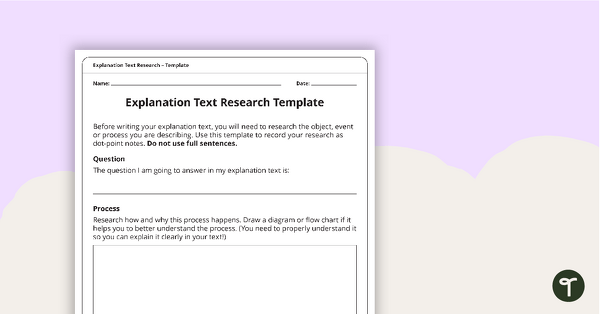
Explanation Text Research Template
A research template for students to use when writing an explanation text.
- Plus Plan
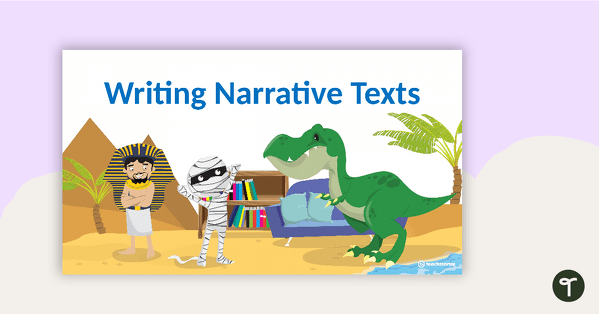
Writing Narrative Texts PowerPoint - Year 5 and Year 6
A 20 slide editable PowerPoint template to use when teaching your students about the structure and language features of narrative texts.
- Plus Plan
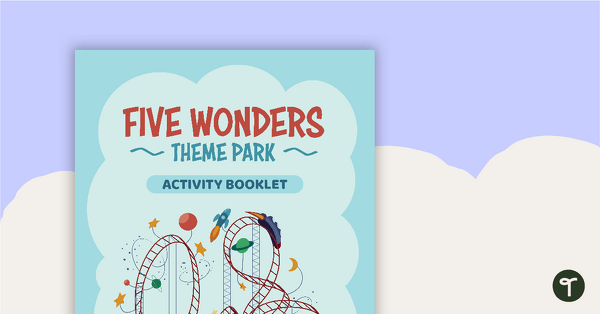
Five Wonders Theme Park: Replace and Upgrade – Project
A project where students get to decide on a new ride they can design to put into Five Wonders Theme Park.
- Plus Plan
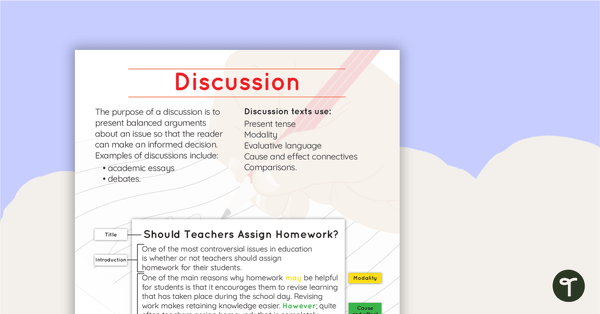
Discussion Text Type Poster With Annotations
A poster about discussions, including an annotated example.
- Free Plan
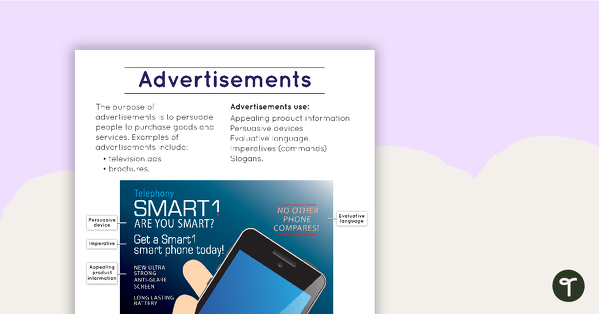
Advertisement Text Type Poster With Annotations
A poster about advertisements, including an annotated example.
- Plus Plan
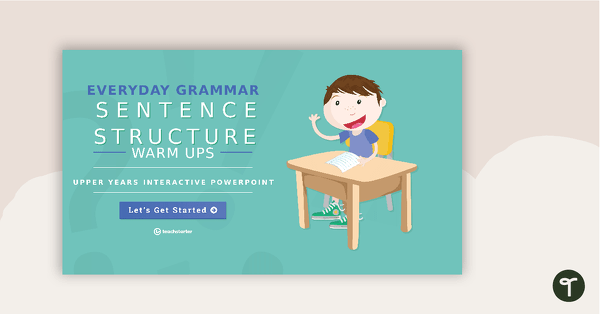
Everyday Grammar Sentence Structure Warm Ups - Upper Years Interactive PowerPoint
An engaging 44 slide interactive PowerPoint to use in the upper years classroom when learning about grammar and sentence structure.
- Plus Plan
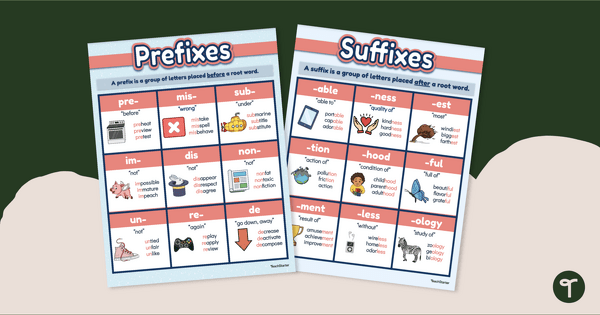
Prefixes and Suffixes Posters
Increase vocabulary skills with anchor charts about common prefixes and suffixes.
- Plus Plan
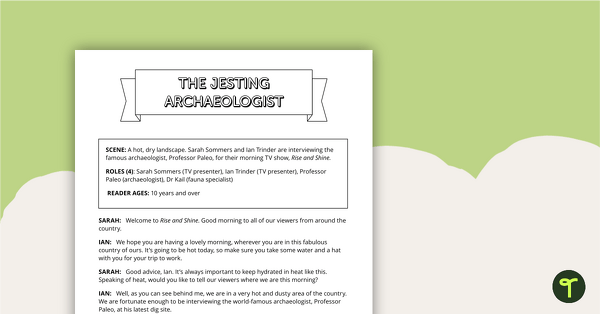
Readers' Theatre Script - Jesting Archaeologist
A script which can be used during readers' theatre or Drama sessions, aimed at students 10 years and over.
- Plus Plan
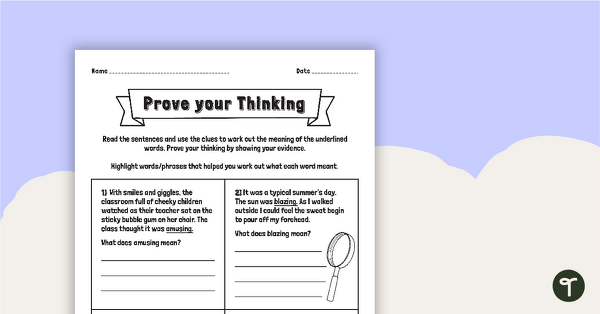
Finding Word Meaning In Context - Prove Your Thinking Worksheet
A teaching resource to help teach your students how to find word meaning in context.
- Plus Plan
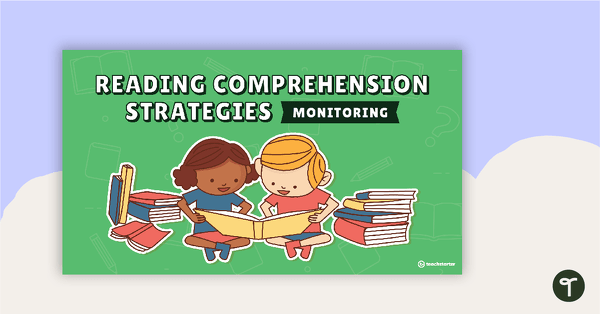
Reading Comprehension Strategies PowerPoint - Monitoring
A 14 slide editable PowerPoint template explaining the reading comprehension strategy of monitoring.
- Plus Plan
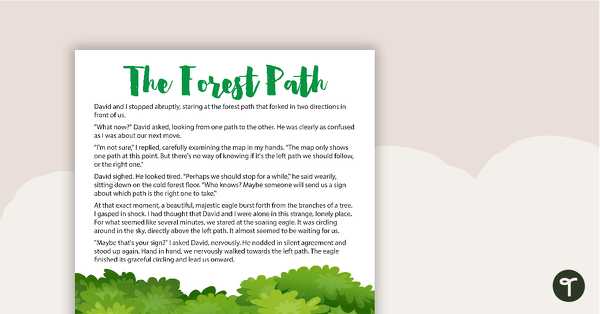
Making Predictions - Comprehension Task
A task to use when teaching your students reading comprehension strategies.
- Plus Plan

Distinguishing Between Fact and Opinion - Comprehension Task
A task to use when teaching your students reading comprehension strategies.
- Plus Plan
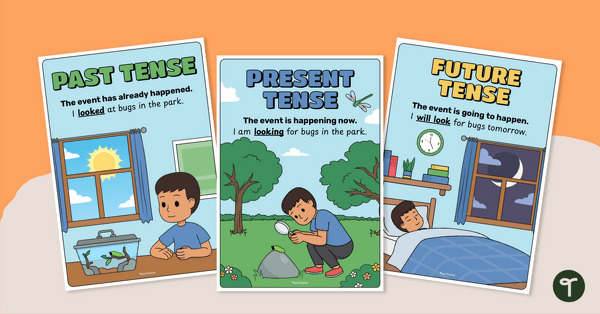
Past Tense, Present Tense and Future Tense Posters
Help your students understand verb tense with this set of past, present and future tense poster examples.
- Plus Plan
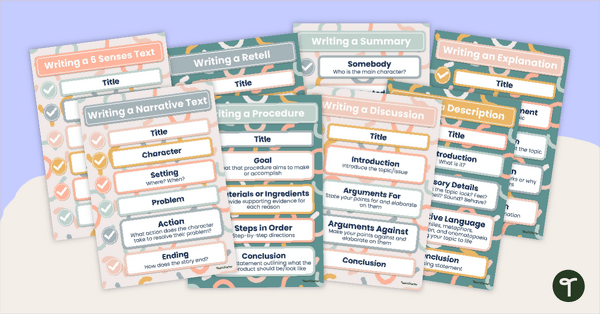
Text Type Structure Poster Display Pack
Display these posters in your room as a visual reminder of the structure of a variety of text types.
- Plus Plan
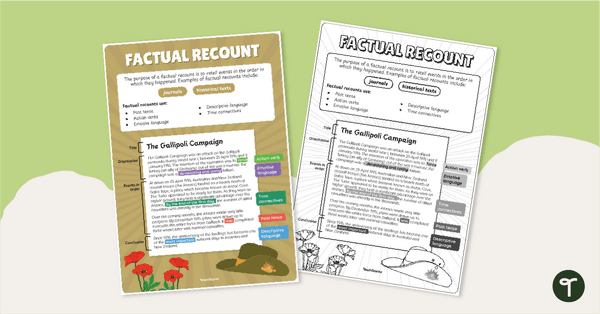
Factual Recount Text Type Poster With Annotations
Display this Factual Recount text with annotations to help students identify the structure of this type of text.
- Plus Plan
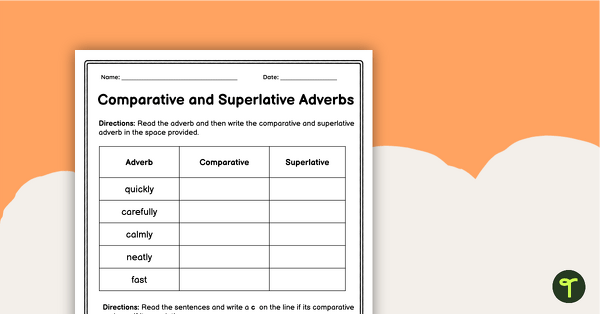
Comparative and Superlative Adverb Worksheet
Use this comparative and superlative adverbs worksheet to check students understanding of this grammar concept in your classroom
- Plus Plan
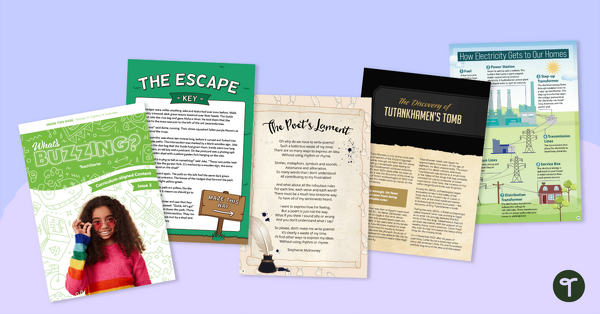
Year 6 Magazine – What's Buzzing? (Issue 3)
Issue 3 of our beautifully designed, 24-page reading magazine specifically designed for Year 6 students.
- Plus Plan
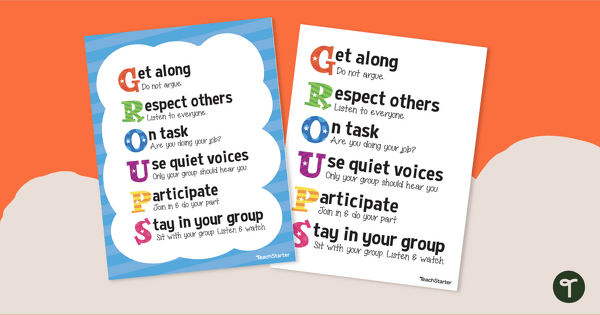
G.R.O.U.P.S - Group Work Expectations Poster
Encourage cooperative behaviour during group work activities with a printable group work mnemonic poster.
- Free Plan
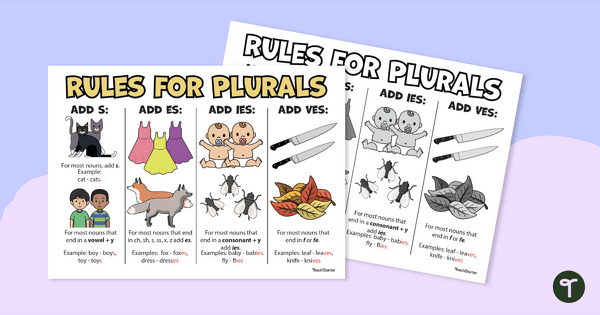
Plural Nouns Chart — Printable Plural Rules Guide
Help students remember the different plural rules with a handy printable guide created for teachers to hand out.
- Free Plan
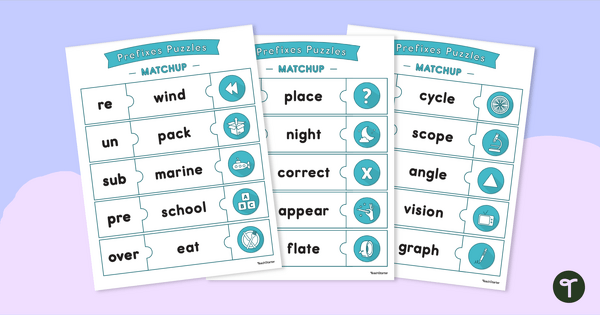
Prefix Puzzles - Match Up Cards
Practise building, reading, and understanding the meaning of words with prefixes with a fun set of prefix puzzles.
- Free Plan
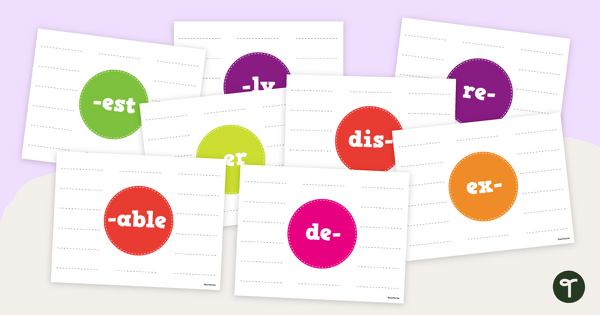
Prefix and Suffix Gallery Walk Activity
Get your students up and learning about prefixes and suffixes with an engaging gallery walk activity.
- Plus Plan

Interpreting Figurative Language - Worksheets
Explore figurative language in poetry with this age-appropriate poem and accompanying vocabulary questions.
- Plus Plan
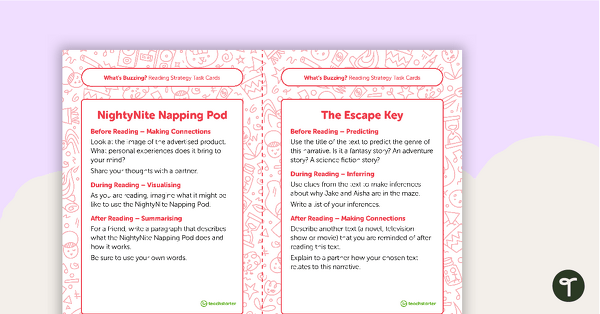
Year 6 Magazine – "What's Buzzing?" (Issue 3) Task Cards
A set of five literacy rotation task cards to be used in conjunction with Issue 3 of Teach Starter's Year 6 magazine.
- Plus Plan
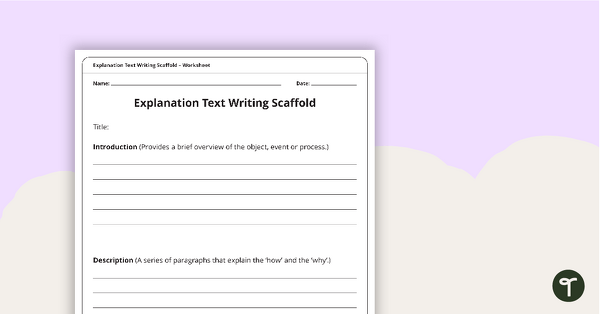
Explanation Texts Writing Scaffold
A scaffolding sheet that can be used to write an explanation text.
- Plus Plan
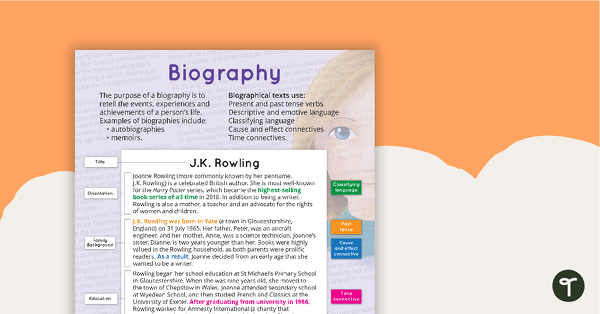
Biography Text Type Poster With Annotations
A poster about the biography text type, including an annotated example.
- Plus Plan
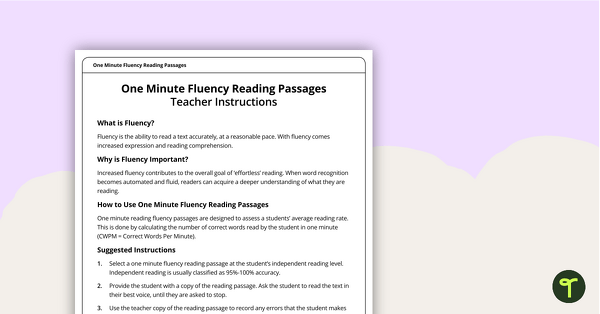
Fluency Reading Passage - Ultimate Frisbee (Year 6)
A non-fiction text to use when assessing students' fluency.
- Plus Plan

Narrative Plot Structure Diagram
A plot diagram for students to refer to when planning their narrative writing.
- Plus Plan
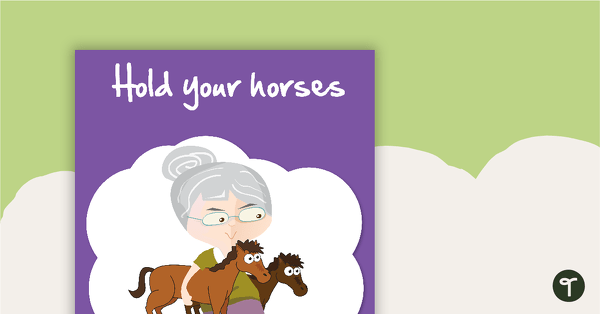
Individual Idiom Posters
A set of posters showing idioms and their meaning.
- Plus Plan
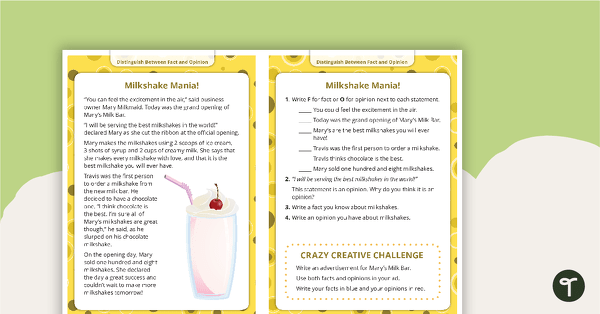
Comprehension Task Cards - Distinguishing Between Fact and Opinion
A set of comprehension task cards to help students distinguish between fact and opinion when reading.
- Plus Plan
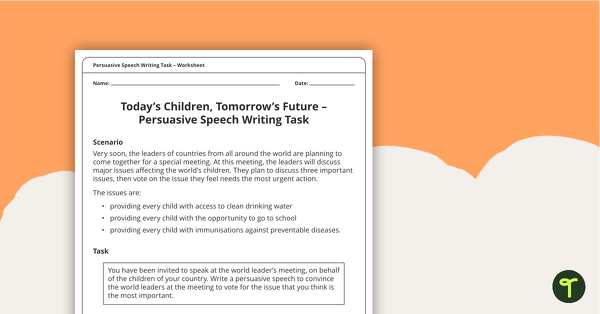
Persuasive Speech Writing Task
Practise writing a persuasive text with this speech writing task.
- Plus Plan
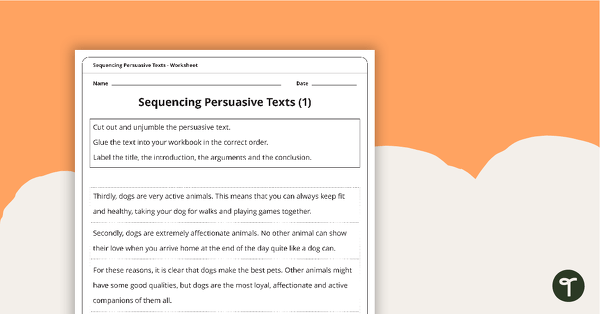
Persuasive Texts Sequencing Activity
3 jumbled persuasive texts for students to sequence in the correct order.
- Plus Plan
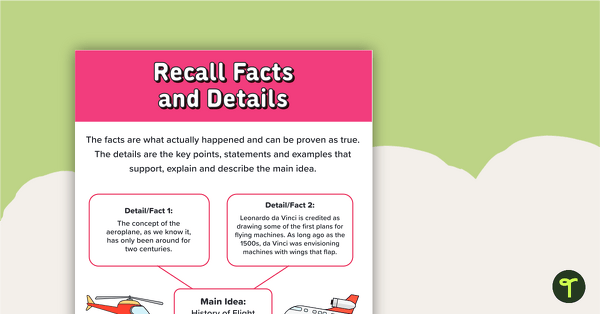
Recall Facts and Details Poster
A poster highlighting how to recall facts and details when reading a piece of text.